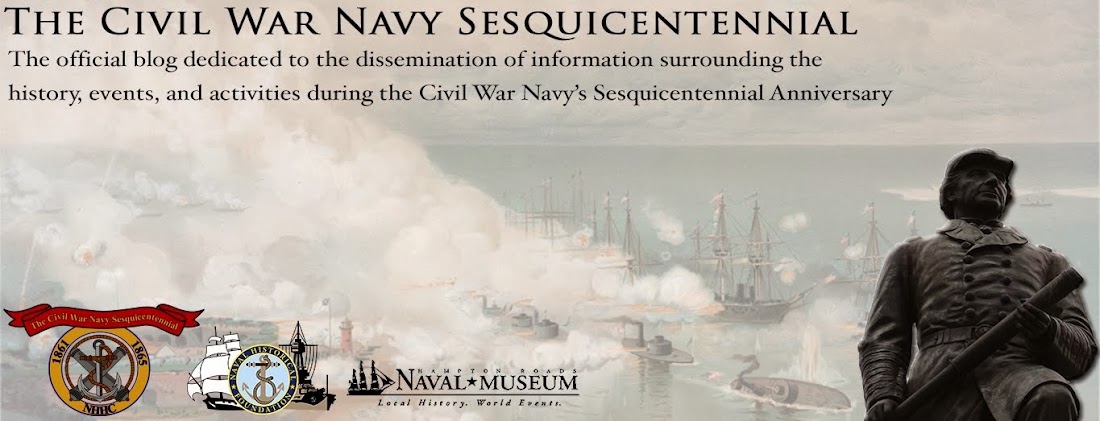USS Paul Jones (From Naval History and Heritage Command archives)
Reports of the firing on the gunboats USS Uncas and Patroon on 11 September 1862 by a Confederate battery on St. Johns Bluff outraged Flag Officer Samuel F. DuPont, commanding the South Atlantic Blockading Squadron. He sent orders to Cdr. Charles Steedman to assemble a task force to “. . . make a thorough reconnaissance of the (St. Johns) river as far as you deem it advisable. . .” and to “. . . warn responsible persons of the consequences.” Steedman’s squadron consisted of his big gunboat, the USS Paul Jones, plus the gunboats USS Cimarron, Uncas, E. B. Hale, and Patroon. Assembling at Mayport Mills on 16 September, the flotilla headed upriver the morning of 17 September 1862.
Paul Jones and Cimarron opened fire on the St. Johns Bluff battery at a range of 2,000 yards with their 100 pdr Parrot rifles. The battery began returning fire when the ships came within about 1,600 yards. Steedman later reported that the fire from the other three gunboats was “of little, if any, service”, although he does not indicate why. It may be that they followed the two larger gunboats, misunderstanding Steedman’s orders to go into action in line-ahead formation, instead of closing with the battery at a range more suitable for their guns. Dr. Ed Bearss, in an article in the Florida Historical Quarterly indicates that the smaller gunboats could not fire because the Cimarron and Paul Jones were in their line of fire. The exchange between the battery and the gunboat flotilla continued for several hours, with the USN ships expending about half their ammunition. Both Paul Jones and Cimarron took hits from the guns of the battery. As on 11 September, the battery crew was driven off for a period of time by the substantial naval gunfire. Steedman decided to withdraw downriver back to his base, instead of continuing upstream to Jacksonville. He believed that to do the latter would allow Confederate forces to reoccupy the battery and threaten his ships on the return journey downstream. The USN ships returned to their base at Mayport Mills by the close of day on 17 September.
This was probably the largest naval action of the Civil War in Florida, in terms of the number of warships involved, but the failure to defeat the battery solely by naval means prompted DuPont to realize that it would take a combined Army-Navy operation to silence the battery. A Union force of about 1,500 soldiers was dispatched from Hilton Head, SC on 25 Sept 1862. Under the command of Gen. John M. Brannan, it was bound for the St. Johns River. Stay tuned for more.
USS Cimarron (From Naval History and Heritage Command archives)



No comments:
Post a Comment